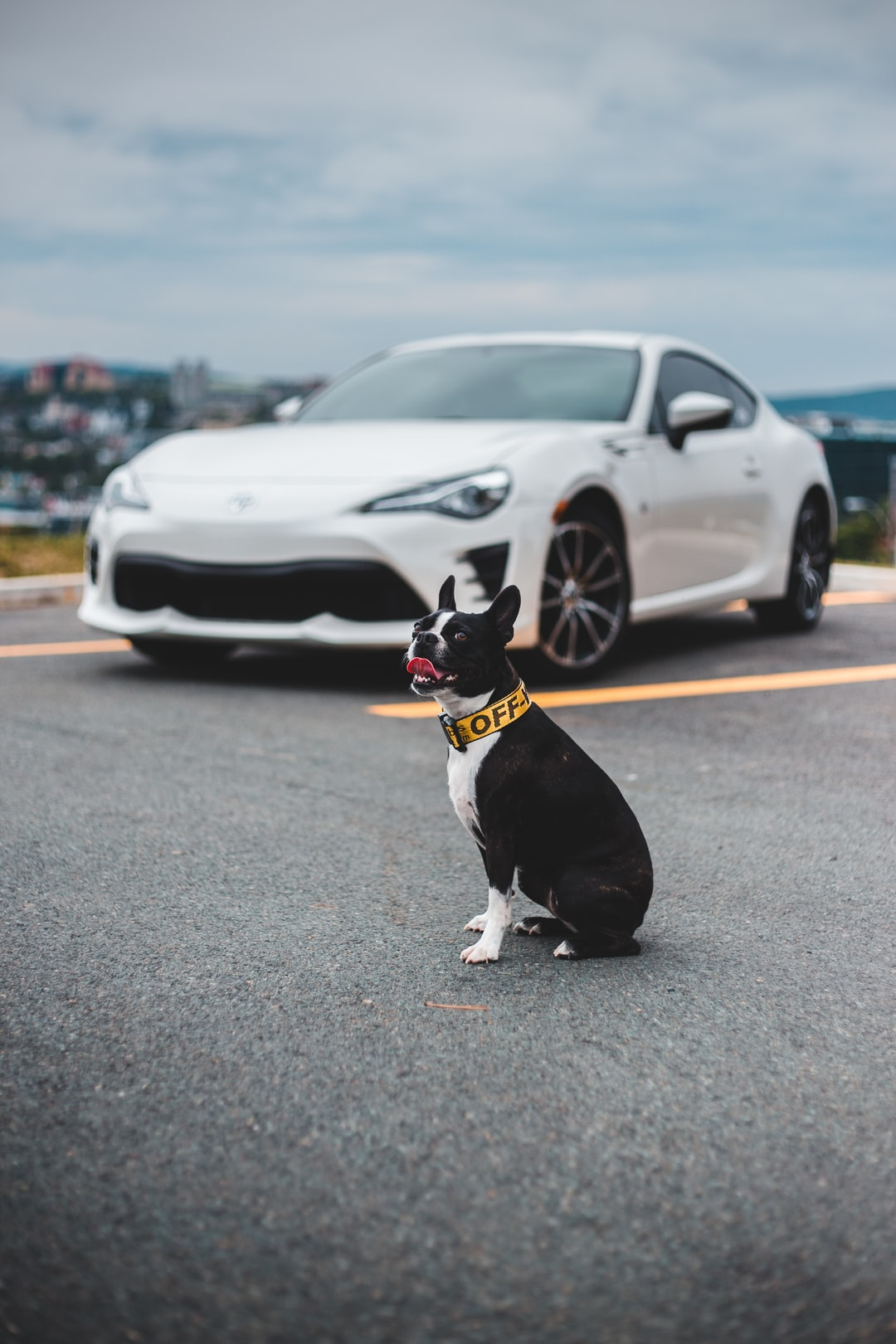Animal Transportation From Flight To Home
 Animal Transportation, otherwise referred to as veterinary transport, is the intentional transport of an animal by an individual not responsible for the animal's safety. Common categories of domesticated animals that are frequently transported include animals destined for commercial sale or breeding; livestock intended for domestic sale; zoological specimen; laboratory animals; and wild mammals being reintroduced or relocated in the wild. Learn more about dog delivery service. Many species are occasionally transported between locations in order to benefit a specific industry or country. In recent years, an increasing number of wild and exotic animals are being transported from zoos, sanctuaries, and animal shelters to preserve them for future generations. As many people continue to embrace a love of wildlife, it is likely that many more will begin to see that transporting animals can be a fulfilling, positive activity. A successful and humane animal transportation is achieved when the animals are handled in a humane manner.
Animal Transportation, otherwise referred to as veterinary transport, is the intentional transport of an animal by an individual not responsible for the animal's safety. Common categories of domesticated animals that are frequently transported include animals destined for commercial sale or breeding; livestock intended for domestic sale; zoological specimen; laboratory animals; and wild mammals being reintroduced or relocated in the wild. Learn more about dog delivery service. Many species are occasionally transported between locations in order to benefit a specific industry or country. In recent years, an increasing number of wild and exotic animals are being transported from zoos, sanctuaries, and animal shelters to preserve them for future generations. As many people continue to embrace a love of wildlife, it is likely that many more will begin to see that transporting animals can be a fulfilling, positive activity. A successful and humane animal transportation is achieved when the animals are handled in a humane manner.
Humane transportation animals is often determined by the regulations set forth by the American Society for the Prevention of Cruelty to Animals (ASPCA). Many humane organizations provide guidelines and training on the proper handling of different types of pets and animals. The purpose of these organizations is to ensure the safety, health, and well-being of wild and exotic animals. In most cases, the individuals involved in transporting animals are properly trained to handle any situation that may arise. It is important to adhere to these regulations or risk being fined.
Animal transportation organizations also work with veterinarians and other professionals in the field to determine the necessity of transporting animals on a regular basis. The needs of ferrets, rabbits, gerbils, birds, and other exotic or sensitive pets vary depending on their environment and breed. In some cases, transporting animals can prove to be extremely dangerous and even deadly. It is important for potential owners to be aware of all the risks involved in transporting animals and to carefully follow all regulations and guidelines set forth by their specific association.
Veterinarians and other professionals to provide information and resources on the best way to care for and properly transport pets. Before any trip, it is important for pet owners to carefully research the carrier. Animals tend to become distressed when improperly transported and may become confused or have difficulty walking. Animals that are used for animal transportation must be kept warm, dry, and comfortable. Pets that will be utilized in research facilities or exhibits should be provided with extra padding and food dishes. It is important to remain diligent during the entire process, as any delays can cause stress and anxiety for the animals.
Pet airlines allow for easy animal transportation from one location to another. Many airlines offer special service for traveling with your pet so that you do not have to leave him at home when going on vacation or long trips. These services are usually located in the cabin next to the front seat. View here to get more info about Animal Transportation. Specialty airlines for pet transportation have amenities and conveniences such as televisions, kennels, exercise wheels, water bowls, beds, televisions, and grooming services that you would find in a boarding kennel.
When traveling with your pet in an airplane cabin, there are many things that you can do to ensure the safety of your animals. Some animals require more security than others. Long haired tapirs require extra attention when transporting, as they have thick hair and can break through lightweight material. Traveling with exotic animals requires additional security measures such as x-ray machines and tranquilizers. Tapirs that are shipped without a crate should be positioned on a table that has three to four inches of height so that they are not forced to stand up. Providing special identification tags will make it easier for customs officials to locate your pet when it returns home. Learn more from https://www.britannica.com/place/Europe/Tourism#ref1023249.
